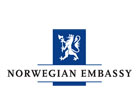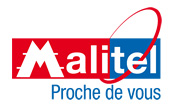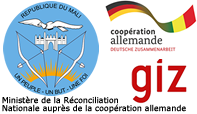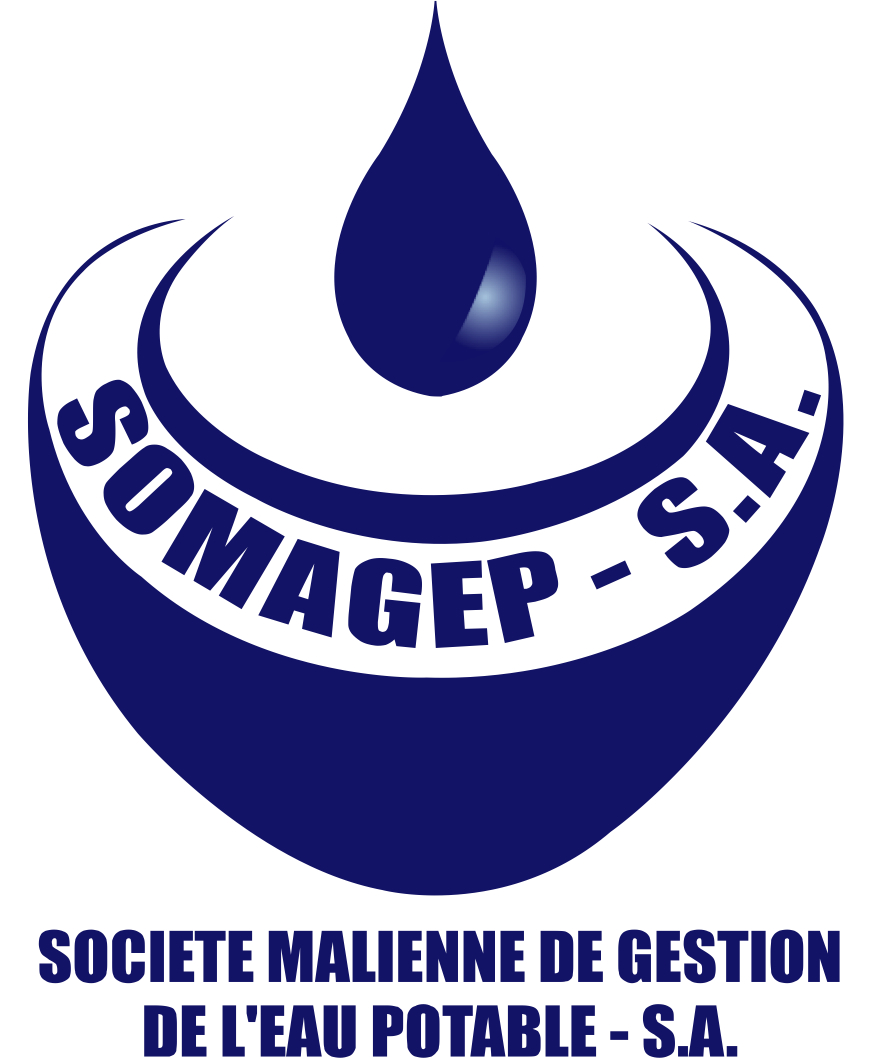
| ||||||||||||||
 |
||||||||||||||
| ||||||||||||||
|
The festival
Created in January 2001, the Festival Au Desert is held every year in the North of Mali,
usually in Essakane, two hours from Timbuktu; sometimes directly at Timbuktu.
It is organized by AITMA and EFES Associations together with Essakane Production.
This festival seeks its origin in the big traditional Touareg festivities, as Takoubelt in Kidal and
Temakannit in Timbuktu, which represented for a long time a place for decision making and exchange
of information among the different communities. At the beginning, there were songs and touareg dances,
poetries, camel rides and games.
The organization of the Festival, with its focus on combining modernity and tradition, is driven by a strong desire to open its doors to the outside world, while still preserving the cultures and traditions of the desert; for some this signifies being listened to and then recognized, for others it is a way to discover the desert through the inhabitants’ values of hospitality and tolerance. In the beginning, the Festival was nomadic in its nature: the first Festival took place in Tin Essako in 2001 and then it moved to Tessalit in 2002 in the Kidal region (North-East Mali). However, after the 3rd year in 2003, when the Festival was held in Essakane close to Timbuktu, the organizers had to start envisioning a fixed location for the Festival in light of the enormous preparation required and the ever-growing public interest and attendants. It’s in this way that we decided to make Essakane the permanent site of the Festival in order to begin building durable installations that could be used in the context of tourism promotion. “Le Festival au Désert” is also a way to celebrate “La Flamme de la Paix” (The Flame of Peace), a name that was given to the ceremony where more than 3000 firearms were burned (and transformed into a monument) in 1996 in Timbuktu, putting a solemn end to the rebellion that, for years, shrouded northern Mali in gloom. Until today, this act still constitutes an example of how to manage conflicts, a model that ignites inspiration throughout the world. The major position that culture has taken in occidental economies prefigures the position that culture will have in the southern economies in a few years. Thus, “Le Festival au Désert” would like to become a factor in job creation in the near region, thereby promoting local development as well as bringing together the people of the earth. | ||||||||||||||

|
|||||||||||
 | |||||||||||
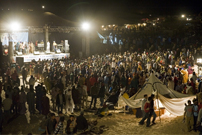
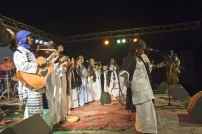
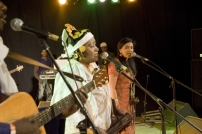
 The Touaregs, nomads from the south of the Sahara, have a longstanding tradition of coming together for annual meetings called Takoubelt in the Kidal region or Temakannit in the Timbuktu region. These meetings allowed them to reconnect with each other (after the nomadic season), have fun, resolve conflicts between individuals or groups and to exchange ideas about the challenges that they were facing at the moment. These encounters are what “Le Festival au Désert” is built upon. “Le Festival au Désert”, in its present form was born in January 2001, at the dawn of the third millennium, following a meeting between Touaregs from Mali and European musicians.
The Touaregs, nomads from the south of the Sahara, have a longstanding tradition of coming together for annual meetings called Takoubelt in the Kidal region or Temakannit in the Timbuktu region. These meetings allowed them to reconnect with each other (after the nomadic season), have fun, resolve conflicts between individuals or groups and to exchange ideas about the challenges that they were facing at the moment. These encounters are what “Le Festival au Désert” is built upon. “Le Festival au Désert”, in its present form was born in January 2001, at the dawn of the third millennium, following a meeting between Touaregs from Mali and European musicians.


